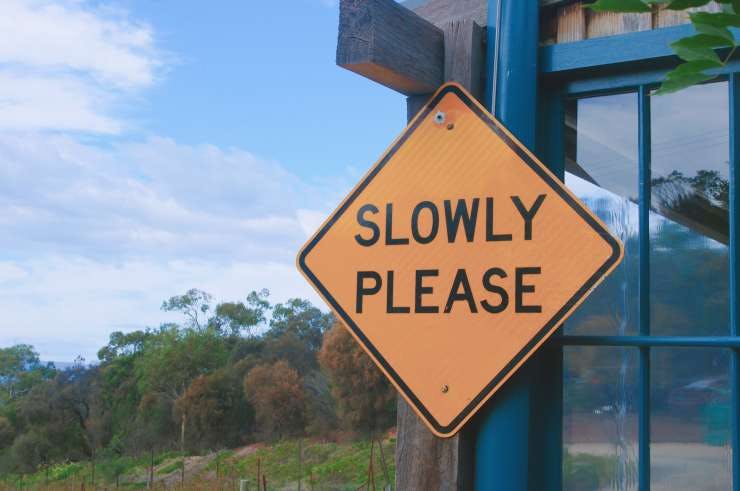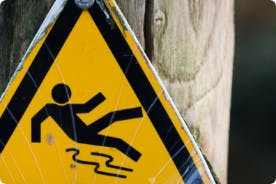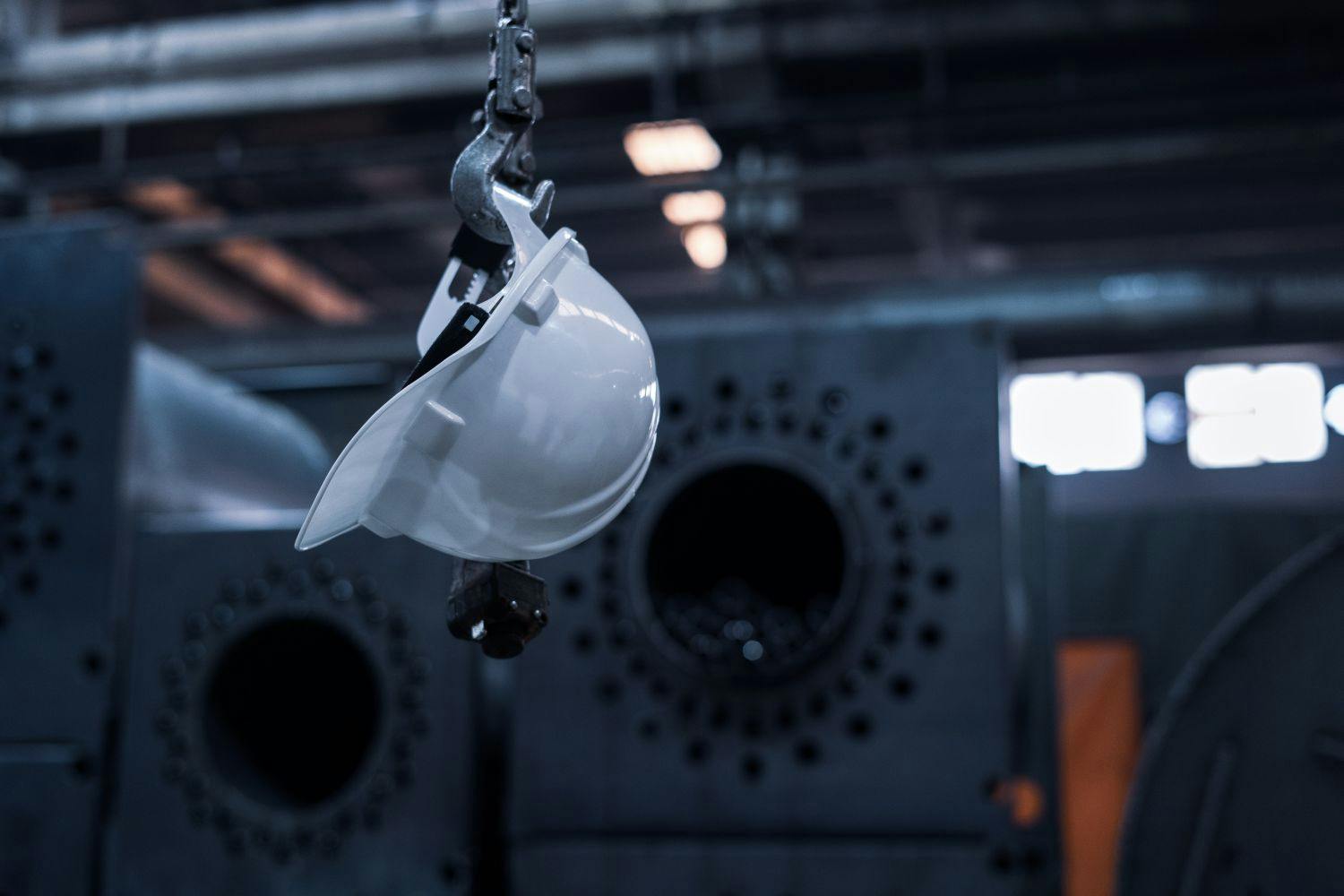First published on Wednesday, Jun 24, 2020
Last updated on Wednesday, Jun 19, 2024
Excessive noise in the workplace can cause severe safety hazards to your staff.
As an employer, you must safeguard your staff from exposure to noise at work. If noise regulations are mistreated, employees could be at risk of hearing loss and long-term illnesses. If your employees face permanent hearing damage, this could result in heavy fines and your business being closed.
This guide will explain what the noise at work laws are, the health effects of noise levels, and how they can be measured.
What Are the Laws on Noise at Work?
The Control of Noise at Work Regulations 2005 outline the requirements for noise at work.
These noise at work regulations are for all workplaces and should be abided by for the protection of your workers.
The legal regulations include:
- Make sure legal noise limits aren't exceeded.
- Carrying out risk assessments to prevent noise risks.
- Giving employees noise exposure training.
- Help employees by maintaining equipment and carrying out health surveillance.
Under the Health and Safety Act 1974, you should safeguard any individuals found on your work premises.
How Are Noise Levels Measured?
Noise levels are measured in dB(A), called decibels. This scale also looks at levels and pitches of noise that affect the human ear.
For example, a quiet room at night is around 20 dB(A) and a normal conversation is around 60 dB(A).
What Level of Noise is Considered Loud?
The legal maximum noise level at work is an average exposure of 87 dB(A), and peak pressure of 140 dB(A).
A jet aircraft taking off 30 metres away will be around 140 dB(A). For most people, this is usually the threshold at which noise is painful to listen to.
When the jet aircraft is compared to the quiet room example, it's not just seven times louder. Instead, it's one trillion times louder.
Is Noise at Work Harmful?
If mishandled, noise at work levels can lead to hearing damage and safety issues for your employees.
Employees' ears can be damaged by noise in two ways. First, extremely loud noises can affect hearing instantly. Secondly, long-term noise exposure can gradually cause hearing loss over time.
If an employee's hearing is damaged, it could lead to making compensation claims against your company.
Health Effects of Noise at Work
Excessive levels of noise can cost employees must more than just hearing. A loss of hearing can stop employees from working to their full potential and could lead to a decrease in performance for your workforce.
Noise can also cause:
- Increased work-related stress.
- Lack of concentration.
- Fatigue.
- Tension.
How Does Noise Cause Hearing Loss?
Noise exposure can cause damage to the hair cells inside the ear. This can be a temporary dullness in their hearing after hearing a loud noise.
The hearing may recover but if the exposure continues there may be a risk of permanent damage, and even a loss of hearing.
Permanent hearing loss happens when a person has been regularly exposed to loud noises over a long time. Signs of damage can include:
- Conversations become more difficult.
- Difficult to hear sounds like 't', 'd' and 's'.
- Confusing sounds of words.
How Does Noise Cause Tinnitus?
Usually, the first sign that person's ear is being damaged by noise is a ringing in the ears.
Tinnitus is the perception of noise being played in the ear or head, which is generated from inside the body rather than coming from outside.
If a person has been exposed to loud noises at work, this may also cause tinnitus. It's usually a temporary sensation but could lead to being permanent.
Around 1 in 100 people experience serious problems with long-term tinnitus which can affect concentration, sleep, and even lead to depression.
Noise at Work Risk Assessment
Employers should always carry out risk assessments for noise in the workplace. The risk assessment aims to help you decide what you need to do to ensure the health & safety of your workers. Your risk assessment should:
- Identify where there may be a risk from noise and who may be affected.
- Hold a reliable estimate of employee exposures.
- Identify what you need to do and how to comply with the Noise at Work Regulations 2005.
- Identify whether personal hearing protection and what type is needed at work.
- See whether any workers are at risk.
Health and safety representatives at work need copies of the risk assessments to prevent further risks and control hazards from noise. Not only this, but H&S representatives need to comply with control measures to prevent injuries and ill-health.
If there's an issue of noise exposure at work, you must get competent advice.
Control of Noise at Work
Controlling noise risks and noise exposure is where you should concentrate your efforts.
As employers, you should be looking for alternative processes, equipment and working methods to reduce noise exposure at work.
You should also be keeping up to date with current practices and standard noise control within your industry.
How to Reduce Noise
There are many ways to reduce noise levels and exposure at work. You may need to consider redesigning your workspace to effectively control the noise at the source. You should consider the following to reduce the noise:
- Use a quieter process or equipment.
- Introduce engineering controls: for example, add material to reduce noise vibration.
- Identify which paths the noise travels through the air and modify it.
- Redesign and layout the workplace for low noise emission.
- Put a limitation on the time spent in noisy areas.
How to Choose Quieter Hearing Equipment
Choosing quieter equipment can help you introduce noise reduction measures once it's installed. There are many ways to choose quieter equipment or machinery, including:
- Consider how new machinery could reduce noise levels at work: this can be done by setting a new target to reduce noise.
- Make sure suppliers of the machinery are aware of the legal noise output.
- Only purchase from suppliers whose machinery demonstrates a low-noise design.
- Installation arrangements: placement of machinery to ensure less exposure to noise.
- Maintenance: ensure your machine continues to operate as usual and doesn't get loud over time.
When Should Personal Hearing Protection Be Used?
Hearing protection shouldn't be used as an alternative to controlling noise in the workplace.
Hearing protection should be issued to your workers where:
- Extra protection is needed above what has been achieved using noise control.
- It's used as a short-term measure while other noise control measures are being developed.
As an employer, you have a duty of care to provide safety for your employees. Hearing protection must be provided if your employees need them to reduce noise levels at work.
You are required to:
- Provide employees with personal hearing protectors if they ask for them.
- Make sure they wear their hearing protectors.
- Identify hearing protection zones within your workplace and mark them with signs.
- Provide employees with training on how to use hearing protectors.
- Make sure they're properly used and maintained.
Manage Noise at Work With BrightHR
By law, you must assess and identify measures to reduce risks from exposure to noise. This is to protect the hearing of your employees.
As employers, you have a duty of care to protect the health & safety of your employees and neglecting that could land you in trouble. If exposure to noise is mishandled or untreated, you could face hefty fines and even see your business closed.
BrightHR can help you manage noise levels at work with our BrightSafe helpline. Don’t hesitate to call us if you need any help with preventing noise exposure in the workplace.
Book a free demo today or give us a call on 08007832806.









